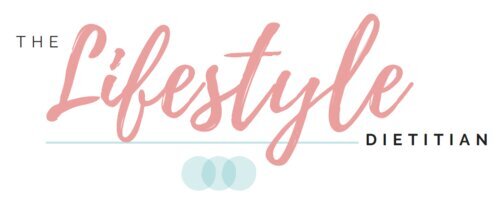Can Diet Help Endometriosis?
What is endometriosis?
Endometriosis is a common, yet misunderstood condition affecting 1 in 9 women of childbearing age.
In endometriosis, the endometrial-like tissue normally found in the uterus grows in other parts of the body including the ovaries, bladder, bowel and even lungs. This tissue is stimulated by excess amounts of oestrogen to thicken and build-up before shedding with each menstrual cycle. This causes inflammation, pain, cysts that can rupture or “sticky” adhesions between organs and the abdominal wall.
Although there is no cure, managing the symptoms like heavy and painful periods, painful bowel movements and pain during intercourse is important. Apart from medical treatment, we now know diet can play a big role in addressing inflammation and high oestrogen levels. If you are living with endometriosis or know someone that is, here are our top nutrition tips to consider for improving symptoms.
1. Include Omega-3 Fats
In general, omega-3 fats have an anti-inflammatory effect. However, we now have scientific evidence specific to endometriosis that shows boosting omega-3 intake, particularly the DHA type, reduces period pain. Try including at least 2 to 3 serves of DHA-rich oily fish in your diet such as salmon, tuna, sardines and mackerel. Also include a wide variety of nuts and seeds each day. Not sure how? Check out our All in one: Fish with Tomato and Beans or Simple Strawberry Jam for a tasty omega-3 boost!
2. EAt Antioxidant-rich foods
With endometriosis, there are more inflammatory “free radicals” in the body. Antioxidants like vitamins C and E neutralise free radicals and reduce inflammation. It has been shown that supplementing with vitamins C and E reduces pain and inflammation in endometriosis. But before trying supplements, start with your diet! Snack on fruits, chopped raw veggies, nuts and seeds or aim for THREE different coloured vegetables with a little extra virgin olive oil at your main meals. We are big on a food-first approach here. Why? These foods are also high in fibre, another key nutrient for endometriosis.
3. Choose high Fibre
As excess oestrogen in endometriosis not only drives the growth of endometrial tissue but also the production of inflammatory, pain-causing prostaglandins, a fibre-rich diet is important. Fibre binds to excess oestrogen to help excrete it when we go to the bathroom. Aiming for 30g of fibre a day is key. We have put together a handy snapshot of what this looks like across the day here. Be sure to also drink plenty of water with a high fibre diet to help prevent constipation!


